Home>Furniture>Outdoor Furniture>What Is A Hammock
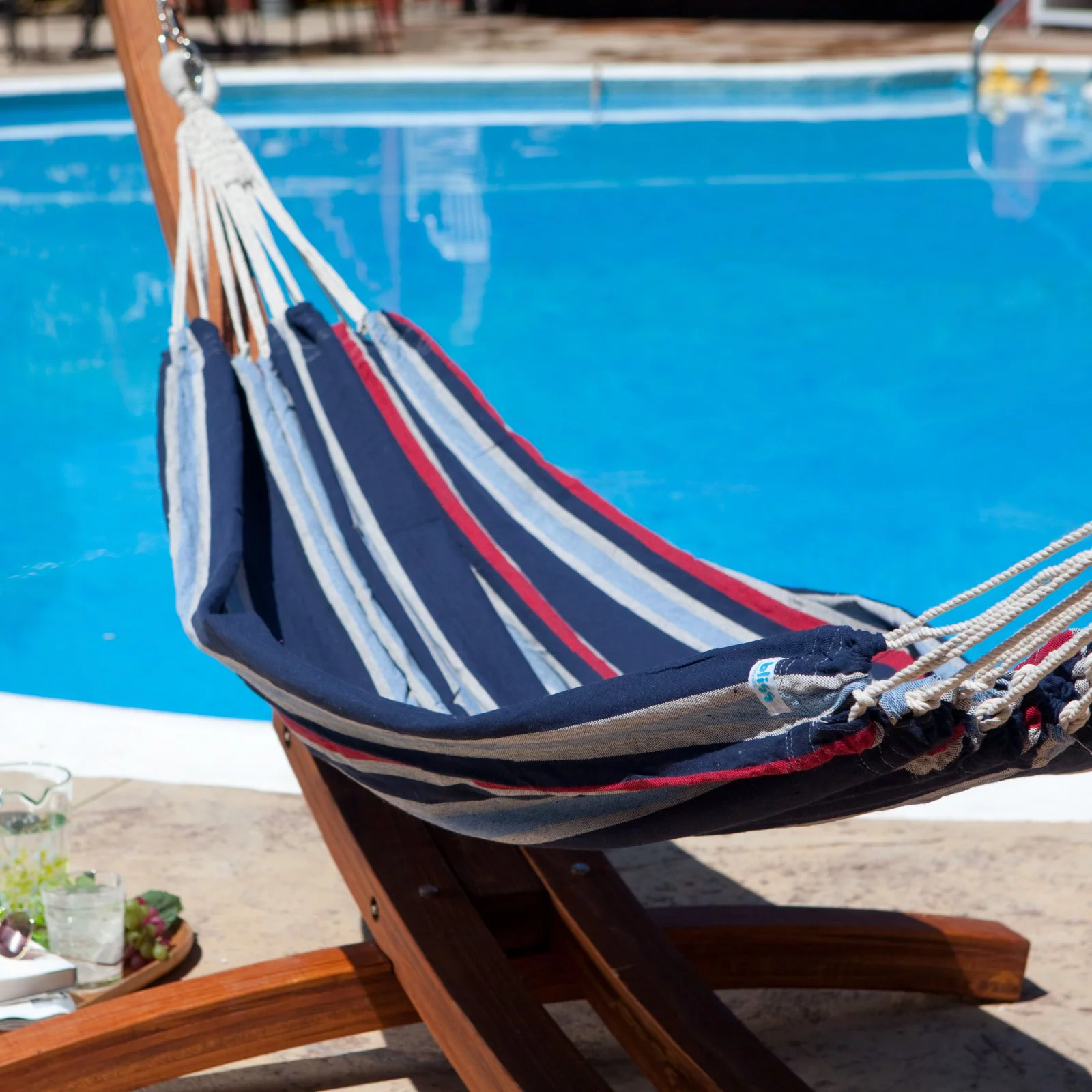

Outdoor Furniture
What Is A Hammock
Modified: October 28, 2024
Discover the ultimate relaxation with outdoor furniture. Learn what a hammock is and how it can transform your outdoor space into a cozy paradise.
(Many of the links in this article redirect to a specific reviewed product. Your purchase of these products through affiliate links helps to generate commission for Storables.com, at no extra cost. Learn more)
Introduction
Welcome to the world of outdoor relaxation and comfort! If you are someone who enjoys spending quality time outdoors, then you’ve probably heard of hammocks. These versatile pieces of outdoor furniture have become increasingly popular in recent years, thanks to their ability to provide a unique and enjoyable outdoor experience. Whether you’re looking to lounge in your backyard, set up a cozy camping spot, or simply enjoy some leisurely time in nature, a hammock is the perfect addition to your outdoor space.
But what exactly is a hammock? In its simplest form, a hammock is a suspended bed that is typically made of fabric or rope and connected at two ends to support structures, such as trees or poles. It allows you to rest, relax, and sway gently with the natural movement of the breeze. Hammocks have been used for centuries by various cultures around the world and are a symbol of tranquility, adventure, and outdoor leisure.
In this article, we will take a deeper dive into the world of hammocks. We will explore their history, the different types available, the benefits of using a hammock, how to choose the right one for your needs, and tips for setting up and maintaining your hammock. So sit back, relax, and let’s embark on this hammock journey together!
Key Takeaways:
- Hammocks are suspended beds made of fabric or rope, offering a serene and peaceful place to relax outdoors. They have a rich history and come in various types to suit different preferences and needs.
- Using a hammock provides stress relief, improved sleep, back pain relief, and a versatile outdoor seating option. Proper maintenance is essential to ensure your hammock remains in excellent condition for years to come.
Read more: What Is A Ridgeline Hammock
Definition of a Hammock
A hammock is a suspended sleeping or lounging surface made of fabric or rope. It consists of a rectangular or curved piece of material suspended at both ends using ropes, chains, or straps. Hammocks are designed to provide a comfortable and supportive place to rest, while allowing the body to gently sway with the movement of the hammock.
Hammocks can vary in size, materials, and styles. Traditional hammocks are often made of cotton or polyester fabric, while more modern options may use synthetic materials like nylon or parachute fabric for increased durability and weather resistance. The shape and design of the hammock can also vary, with some featuring spreader bars at each end to keep the hammock open and flat, while others adopt a more cocoon-like shape.
One of the distinct features of a hammock is its suspension system. Hammocks are typically hung between two fixed points, such as trees or posts, using ropes, straps, or chains. This allows the hammock to be easily set up and taken down, making it a portable and versatile piece of outdoor furniture.
While hammocks are commonly associated with outdoor use, they can also be used indoors as a unique and relaxing alternative to traditional beds or chairs. Indoor hammocks can be hung from ceiling beams or using specially designed stands, providing a cozy and comfortable space for reading, napping, or simply unwinding.
Overall, a hammock offers a serene and peaceful place to relax, whether you’re enjoying the gentle sway under a shady tree, taking a nap in your backyard, or lounging on a beach. Its simple yet functional design makes it a popular choice for outdoor enthusiasts, campers, and anyone looking to bring a touch of relaxation into their lives.
History of Hammocks
The history of hammocks dates back thousands of years, with evidence of their use found in ancient civilizations across the globe. The exact origins of hammocks are uncertain, as they were independently developed by different cultures in various parts of the world. However, it is believed that the first hammocks were used in Central and South America by indigenous populations.
The Mayans and the Aztecs, for instance, were known to have used hammocks for sleeping and resting. These early hammocks were made from the bark of the hamack tree, which is where the term “hammock” is believed to originate from. The Mayans referred to their hammocks as “hamacas,” and they were prominent in everyday life, providing a comfortable and elevated sleeping surface away from the ground.
In the Caribbean, the indigenous Taino people also used hammocks extensively. Their hammocks, known as “barbacoas,” were made from the fibers of the hamack tree and were used for sleeping, as well as for protection from insects and other creatures on the ground.
As Europeans began exploring the Americas, they were introduced to hammocks and quickly recognized their practicality and comfort. Sailors and naval officers, in particular, embraced them as a space-saving alternative to traditional beds on ships. Hammocks proved to be ideal for life at sea, as they were not only comfortable but also prevented sailors from rolling out of their sleeping quarters during rough seas.
Through trade and exploration, the use of hammocks spread to other parts of the world. In coastal regions of Africa, hammocks were utilized for similar reasons as in the Americas – to stay cool and comfortable in hot climates and to avoid contact with the often damp ground.
In recent centuries, hammocks have become popular recreational and leisure items. They are commonly associated with tropical destinations, where people embrace the laid-back lifestyle and relax in hammocks suspended between palm trees. Hammocks have also made their way into gardens, courtyards, and camping grounds, providing an inviting spot for outdoor relaxation and enjoyment.
Today, hammocks come in a variety of designs, materials, and styles, catering to different preferences and needs. They have become an iconic symbol of leisure, relaxation, and connection with nature. The rich history of hammocks serves as a testament to their enduring appeal and timeless comfort, making them an essential part of outdoor furniture and an invitation to unwind and let go.
Types of Hammocks
When it comes to hammocks, there is a wide range of options to suit every taste and preference. Whether you’re looking for a hammock for lounging in your backyard or for taking on camping adventures, understanding the different types available can help you make the right choice. Here are some of the most popular types of hammocks:
- Traditional Hammocks: Traditional hammocks are the classic style hammocks that most people envision. They consist of a fabric or rope sling suspended between two points, such as trees or poles. These hammocks can be made from various materials including cotton, polyester, or nylon. Traditional hammocks offer a comfortable and relaxing experience, perfect for backyard relaxation.
- Camping Hammocks: Camping hammocks are designed for outdoor enthusiasts who want to sleep under the stars. These hammocks are typically made from lightweight, durable materials like parachute fabric or ripstop nylon. Camping hammocks are compact, portable, and often come with built-in mosquito nets and rainflys to protect against insects and the elements.
- Spreader Bar Hammocks: Spreader bar hammocks feature wooden or metal spreader bars at each end of the hammock. These bars keep the hammock open and flat, creating a more stable surface for lounging. Spreader bar hammocks can be made of cotton, polyester, or other materials and are great for backyard use.
- Hammock Chairs: Hammock chairs, also known as hammock swings or hanging chairs, offer a unique alternative to traditional hammocks. These chairs are designed to be hung from a single point, allowing for gentle rocking and swinging while sitting upright. Hammock chairs are often made from fabric or rope and can be a stylish addition to any outdoor or indoor space.
- Mayan Hammocks: Mayan hammocks originated from Central America and are hand-woven by skilled artisans using traditional techniques. These hammocks are known for their large size, intricate patterns, and comfortable design. Mayan hammocks are typically made of cotton or nylon and offer a luxurious and cozy place to relax.
- Quilted Hammocks: Quilted hammocks are designed for ultimate comfort and relaxation. They feature two layers of fabric with a layer of padding in between, creating a plush and cushioned surface to lie on. Quilted hammocks can be made of durable materials like Sunbrella fabric, making them resistant to fading and weathering.
Each type of hammock has its own unique features and benefits, catering to different preferences and needs. Whether you’re looking for a hammock for camping, lounging, or simply enjoying the outdoors, there is a perfect hammock out there for you.
Benefits of Hammock Use
Using a hammock offers a multitude of benefits that go beyond just relaxation and comfort. Whether you’re hanging out in your backyard or taking a hammock on your next camping trip, here are some of the advantages of incorporating a hammock into your outdoor lifestyle:
- Stress Relief: Hammocks provide a serene and peaceful environment, allowing you to disconnect from the hustle and bustle of daily life and unwind. The gentle rocking motion of a hammock has a calming effect on the body and mind, reducing stress and promoting relaxation.
- Improved Sleep: Hammocks promote better sleep by offering a suspended and cradled sleeping surface. As your body gently sways with the hammock, it helps to lull you into a deeper and more restful sleep, free from pressure points and discomfort.
- Back Pain Relief: Hammocks can provide relief from back pain by offering a comfortable and supportive surface that conforms to the shape of your body. The gentle rocking motion can help to relieve tension and reduce pressure on the spine, promoting spinal alignment and alleviating backaches.
- Enhanced Circulation: When you lie in a hammock, your body is positioned in a slightly elevated angle, allowing for better blood circulation. This can help to reduce swelling, improve oxygen flow, and provide a more comfortable resting position.
- Versatile Outdoor Seating: Hammocks are versatile and can be easily set up in various outdoor settings. Whether you’re camping in the wilderness, relaxing on the beach, or simply lounging in your backyard, a hammock offers a cozy and convenient seating option.
- Space-Saving Solution: Unlike traditional outdoor furniture, hammocks take up minimal space and can be easily stored when not in use. This makes them ideal for small yards, balconies, or camping trips where space is limited.
- Connection with Nature: Hammocks provide an immersive outdoor experience, allowing you to connect with the natural environment around you. Whether you’re swaying gently among the trees or looking up at the starry night sky, a hammock can help you appreciate and enjoy the beauty of nature.
- Opportunity for Bonding: Hammocks offer a cozy and inviting space that encourages quality time with loved ones. Whether you’re snuggling up with your partner, reading a book with your child, or enjoying a conversation with a friend, a hammock provides a comfortable and intimate setting for bonding and relaxation.
- Self-Care and Me-Time: Taking time to relax and rejuvenate is an essential part of self-care. Using a hammock allows you to carve out moments of solitude and self-reflection, providing valuable me-time to recharge and restore your well-being.
So, whether you’re seeking stress relief, restful sleep, pain relief, or simply a unique and enjoyable outdoor experience, investing in a hammock can bring an array of benefits to your life. It’s time to swing, sway, and embrace the wonderful world of hammocks!
When setting up a hammock, make sure to find sturdy anchor points, such as trees or posts, and use strong, reliable straps to hang it securely. Always test the hammock’s stability before getting in.
Read more: What Is A Spreader Bar Hammock
How to Choose the Right Hammock
With so many different options available, choosing the right hammock can seem like a daunting task. However, by considering a few key factors, you can find the perfect hammock that suits your needs and preferences. Here are some important considerations to help guide your decision:
- Intended Use: Determine how you plan to use the hammock. Are you looking for a hammock for lounging in your backyard, camping, or both? This will help you narrow down the type of hammock that best fits your needs, whether it’s a traditional hammock, a camping hammock, or a hammock chair.
- Size and Weight Capacity: Consider the size and weight capacity of the hammock. Ensure that it can comfortably accommodate the intended number of users and that it can support their combined weight. Hammocks typically come in single or double sizes, and weight capacities can vary.
- Material: Pay attention to the material of the hammock, as it will affect both comfort and durability. Cotton hammocks offer a soft and cozy feel, while synthetic materials like nylon are more durable and resistant to weather conditions. Consider factors such as breathability, resistance to mold and mildew, and ease of cleaning.
- Suspension System: Check the suspension system of the hammock and ensure it is reliable and secure. Look for hammocks that come with sturdy straps, ropes, or carabiners for easy and safe hanging. Some hammocks may come with tree-friendly straps to protect the bark of trees.
- Comfort Features: Consider additional comfort features that may enhance your hammock experience. This can include built-in pillows, padded fabric, or detachable accessories like mosquito nets or rainflies for camping hammocks.
- Portability and Storage: If you plan to take your hammock on outdoor adventures, consider its portability. Look for hammocks that are lightweight, compact, and easy to pack and carry. Some camping hammocks come with their own stuff sacks for convenient storage and transport.
- Budget: Lastly, think about your budget. Hammocks can range in price depending on their features, materials, and brand. Set a budget that works for you and compare different options within that range to find the best value for your money.
By considering these factors, you can narrow down your options and find the perfect hammock that fits your needs, preferences, and budget. Remember to read reviews, seek recommendations, and choose a reputable brand to ensure the quality and reliability of your hammock.
Setting Up a Hammock
Setting up a hammock may seem tricky at first, but with a little practice and following a few key steps, you’ll be able to safely and securely hang your hammock wherever you desire. Here’s a guide to help you set up your hammock:
- Find the Right Location: Look for a suitable location with two sturdy anchor points, such as trees, posts, or even hammock stands. Ensure that the anchor points are spaced apart at a distance that matches the length of your hammock.
- Measure and Adjust: Measure the length of your hammock and adjust the distance between the anchor points accordingly. The ideal angle is typically around 30 degrees from the ground when the hammock is supporting weight.
- Hang the Straps or Ropes: Wrap the straps or ropes around the anchor points, ensuring they are secure and snug. If using trees, use tree-friendly straps or protect the tree bark by placing a piece of fabric or rope between the tree and the strap.
- Attach the Hammock: Fasten the hammock to the straps or ropes using carabiners or S-hooks, ensuring they are properly secured. If your hammock uses a different attachment system, follow the manufacturer’s instructions. Make sure the hammock hangs evenly and forms a gentle curve.
- Test and Adjust: Before fully committing your weight to the hammock, gently sit or lower yourself into it to ensure it feels stable and balanced. Make any necessary adjustments to the straps or ropes to achieve the desired height and comfort level.
- Consider Accessories: Depending on your needs and preferences, you may want to add some accessories to enhance your hammocking experience. This can include pillows for added comfort, a mosquito net to keep insects at bay, or a rainfly for protection against the elements.
- Practice Proper Usage: When getting in and out of the hammock, be mindful of your balance and weight distribution. Lower yourself into the center of the hammock and avoid putting excessive weight on one side. To get out, swing your legs over the side and slowly stand up.
- Maintenance and Safety: Regularly inspect your hammock for signs of wear or damage, such as frayed ropes or tears in the fabric. Follow the manufacturer’s guidelines for cleaning and storage to prolong the lifespan of your hammock. Always practice safety precautions, avoiding excessive swinging or overloading the hammock beyond its weight capacity.
Remember that the process of setting up a hammock may vary depending on the specific type and design of your hammock. Always refer to the manufacturer’s instructions for detailed guidelines and follow any safety recommendations provided.
Now that you know how to set up your hammock, it’s time to relax, unwind, and enjoy the gentle sway of nature in your newfound outdoor haven!
Proper Hammock Maintenance
Maintaining your hammock properly is essential to prolong its lifespan and ensure that it remains in good condition for years to come. By following a few simple maintenance steps, you can keep your hammock looking and functioning its best. Here are some tips on how to properly maintain your hammock:
- Regular Cleaning: Regularly clean your hammock to remove dirt, debris, and any stains. Check the manufacturer’s instructions for specific cleaning recommendations, as different materials may require different cleaning methods. In general, you can hand wash your hammock using mild soap and water, or machine wash it on a gentle cycle. Avoid using harsh chemicals or bleach, as they can damage the fabric.
- Proper Storage: When your hammock is not in use, store it in a dry, sheltered place to protect it from the elements. Avoid leaving it exposed to prolonged periods of direct sunlight, as this can cause the fabric to fade or deteriorate over time. Consider using a storage bag or container to keep your hammock safe and free from dust and dirt.
- Avoid Excessive Weight: Pay attention to the weight capacity of your hammock and avoid exceeding it. Overloading the hammock can strain the fabric and suspension system, leading to potential damage or accidents. Always check the weight limit specified by the manufacturer and use the hammock accordingly.
- Inspect Suspension System: Periodically inspect the suspension system of your hammock, including the straps, ropes, carabiners, or other attachments. Look for signs of wear, such as fraying or weakening of the materials. Replace any worn-out or damaged components to maintain the safety and stability of your hammock.
- Protect from Sharp Objects: Be cautious of sharp objects or rough surfaces that can potentially puncture or damage your hammock. Avoid placing the hammock near sharp branches, rocks, or edges that could cause tears. Take care when entering or exiting the hammock to prevent accidentally catching or snagging the fabric.
- Trim Surrounding Vegetation: If you’re hanging your hammock between trees, regularly trim any branches or foliage that may come into contact with your hammock. This will not only prevent damage to the fabric but also reduce the risk of unwanted pests or insects making their way into your hammock.
- Protect Against Moisture: While most hammocks are designed to be weather-resistant, it’s still a good idea to protect them from excessive moisture and prolonged exposure to rain. If you’re leaving your hammock outside, consider using a waterproof tarp or rainfly as added protection. After exposure to rain, allow the hammock to fully dry before storing it to prevent mold or mildew from forming.
By following these maintenance tips, you can ensure that your hammock remains in optimal condition and provides many enjoyable hours of relaxation. Remember to always refer to the manufacturer’s instructions for specific care and maintenance guidelines, as they may provide additional recommendations based on the materials used in your hammock.
So go ahead, take care of your hammock, and continue to enjoy its comfort and tranquility for years to come!
Conclusion
Hammocks offer a unique and enjoyable way to relax and unwind in the great outdoors. Whether you’re lounging in your backyard, camping in the wilderness, or simply seeking a peaceful retreat, a hammock provides a comfortable and soothing experience.
In this article, we explored the definition, history, types, benefits, and proper maintenance of hammocks. We learned that hammocks have a rich cultural heritage, with origins dating back thousands of years. From the ancient Mayans and Aztecs to sailors and outdoor enthusiasts today, hammocks have provided comfort, relaxation, and even therapeutic benefits.
There are various types of hammocks to suit different preferences and needs. Traditional hammocks, camping hammocks, spreader bar hammocks, hammock chairs, Mayan hammocks, and quilted hammocks offer a range of options for outdoor enthusiasts. Each type brings its own unique features and advantages, from portability and space-saving design to extra comfort and durability.
The benefits of using a hammock extend beyond just relaxation. They provide stress relief, promote better sleep, alleviate back pain, enhance circulation, and offer a versatile and inviting outdoor seating option. Hammocks also provide an opportunity to connect with nature, create bonds with loved ones, and indulge in self-care and me-time.
To ensure your hammock continues to serve you well, proper maintenance is essential. Regular cleaning, proper storage, avoiding excessive weight, inspecting the suspension system, and protecting against sharp objects and moisture will help keep your hammock in excellent condition for years to come.
So, whether you’re looking to create a peaceful oasis in your backyard, embark on outdoor adventures, or simply take a moment to relax and unwind, a hammock is a fantastic investment. It offers a comfortable, versatile, and enjoyable way to embrace the beauty of nature, while providing a cozy retreat for rest and rejuvenation.
Now, go forth and find the perfect hammock that suits your style, needs, and sense of adventure. Discover the joy of swaying gently in the breeze, finding tranquility, and making cherished memories in your very own slice of outdoor paradise.
Frequently Asked Questions about What Is A Hammock
Was this page helpful?
At Storables.com, we guarantee accurate and reliable information. Our content, validated by Expert Board Contributors, is crafted following stringent Editorial Policies. We're committed to providing you with well-researched, expert-backed insights for all your informational needs.
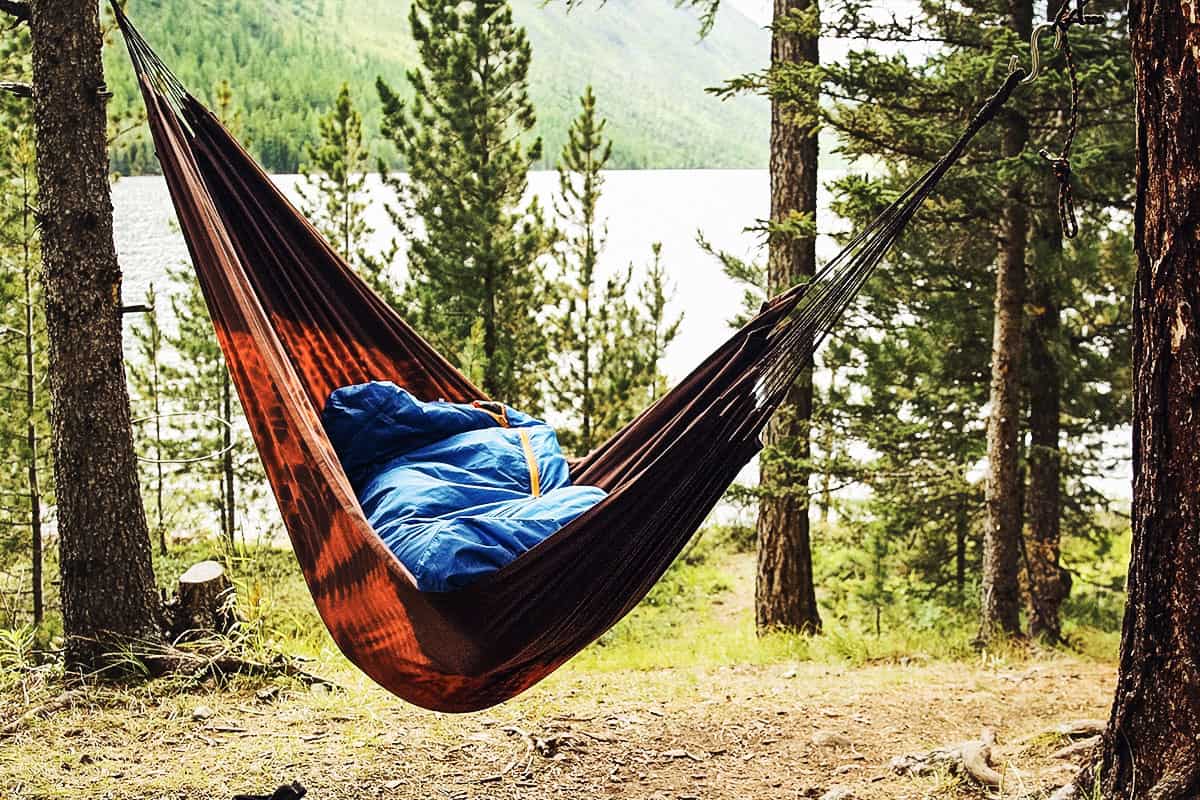
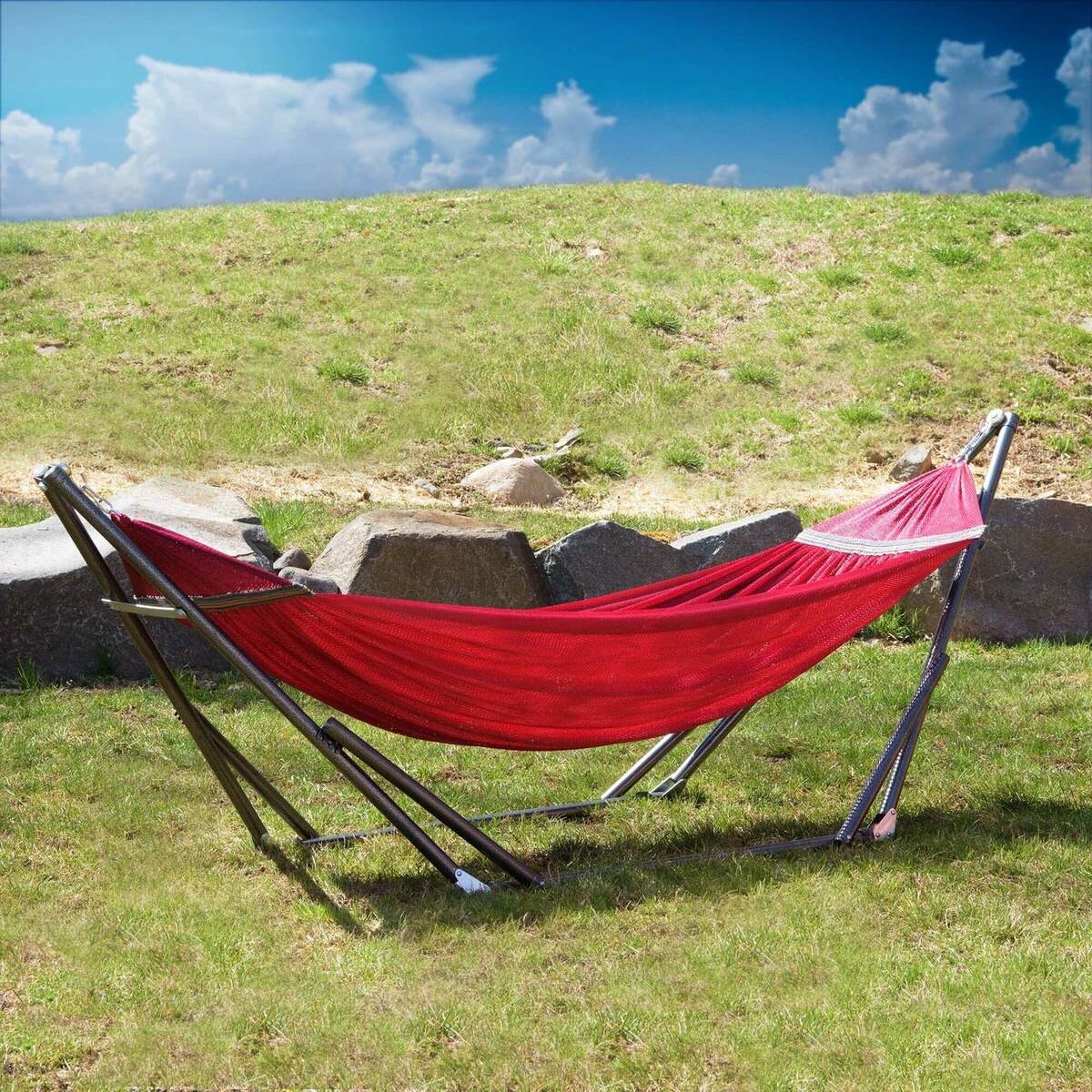

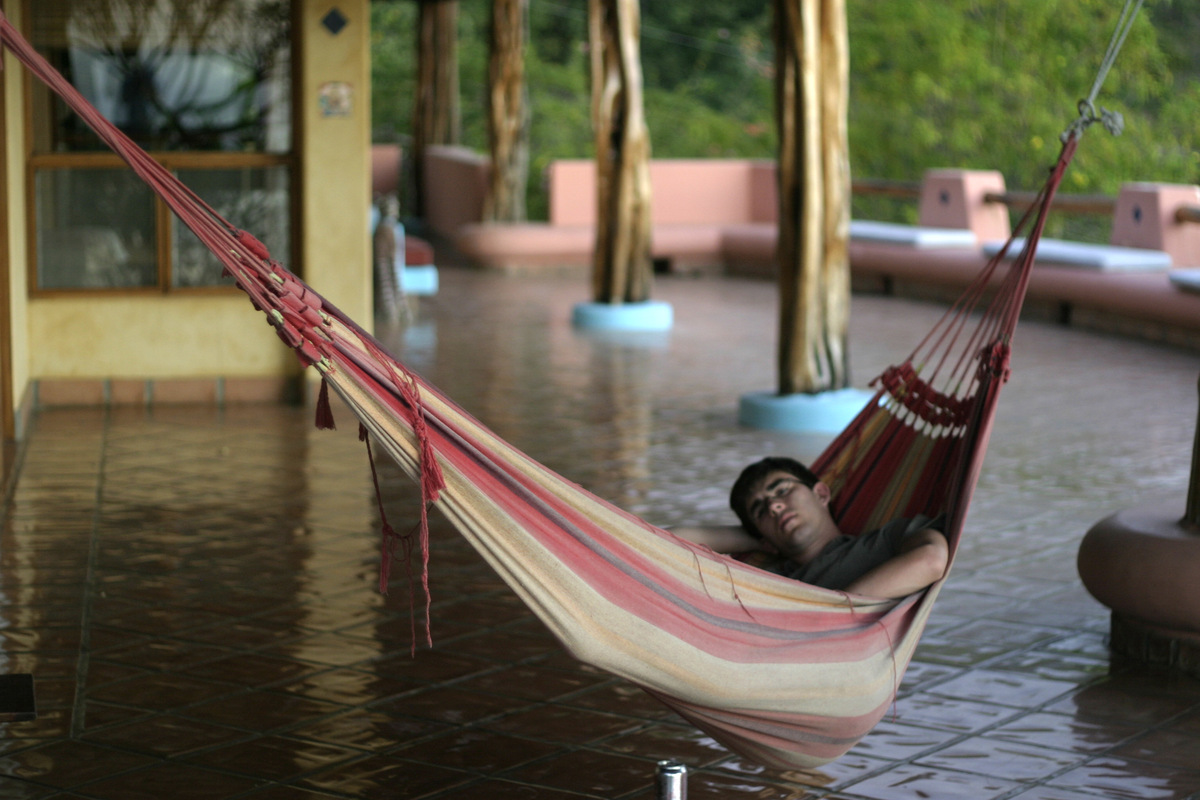

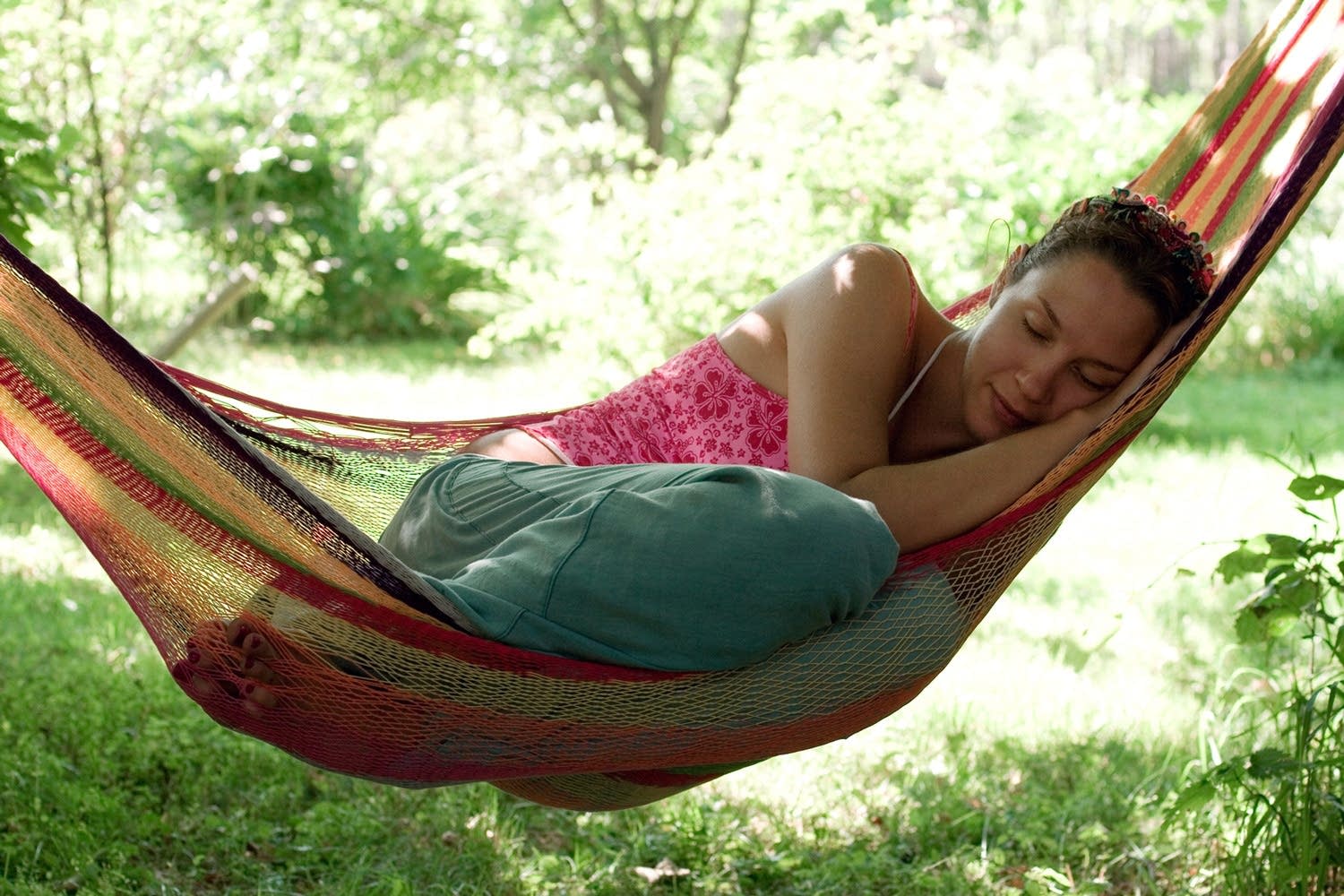
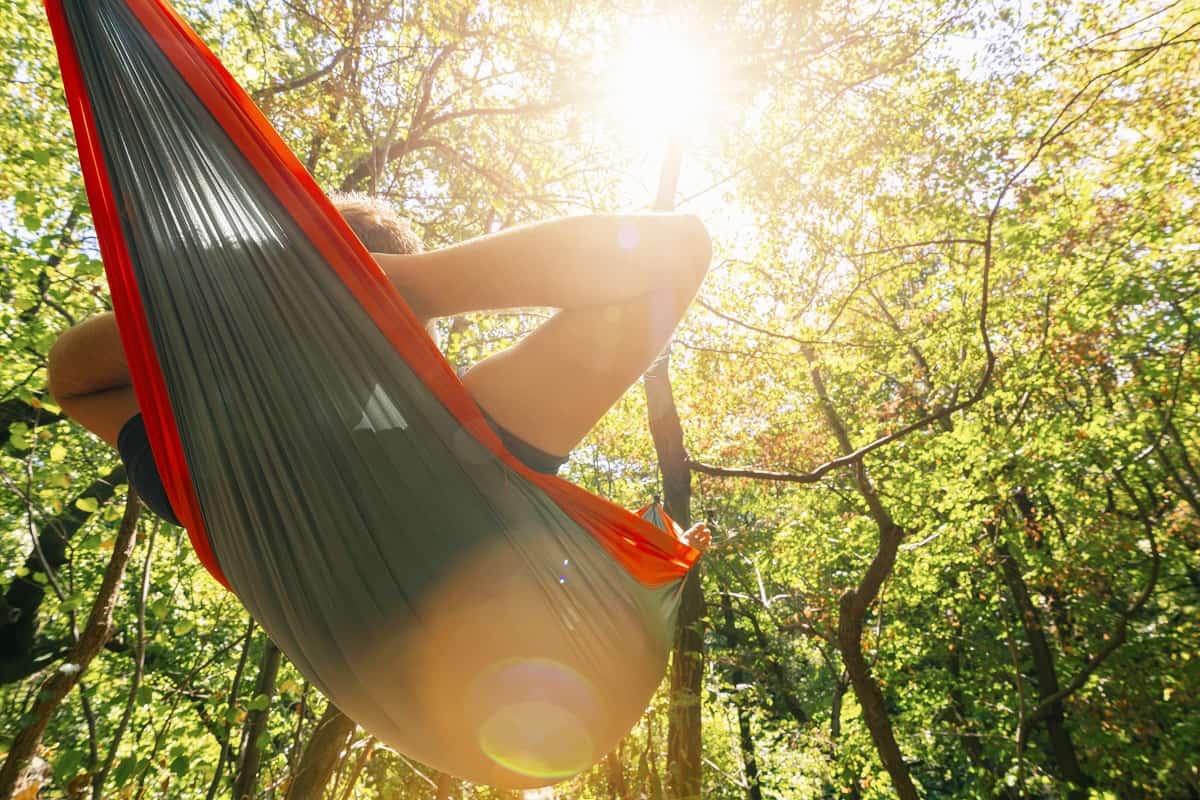

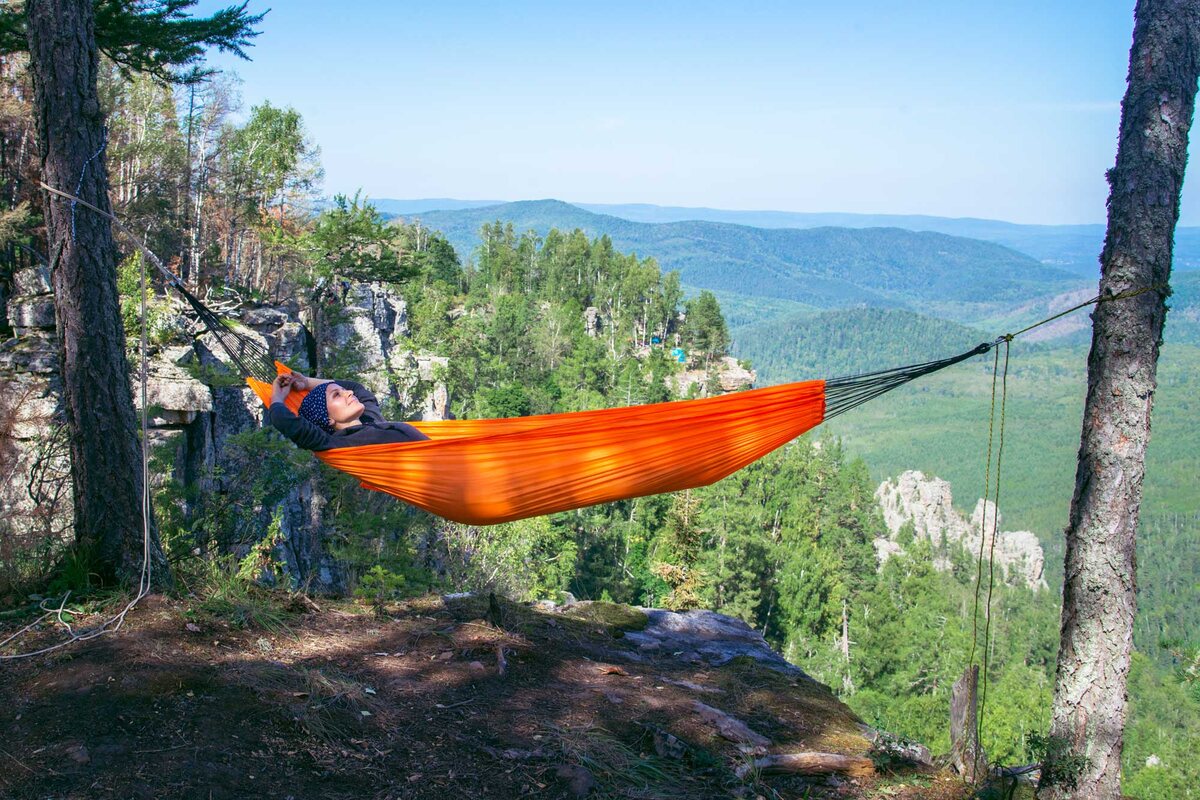

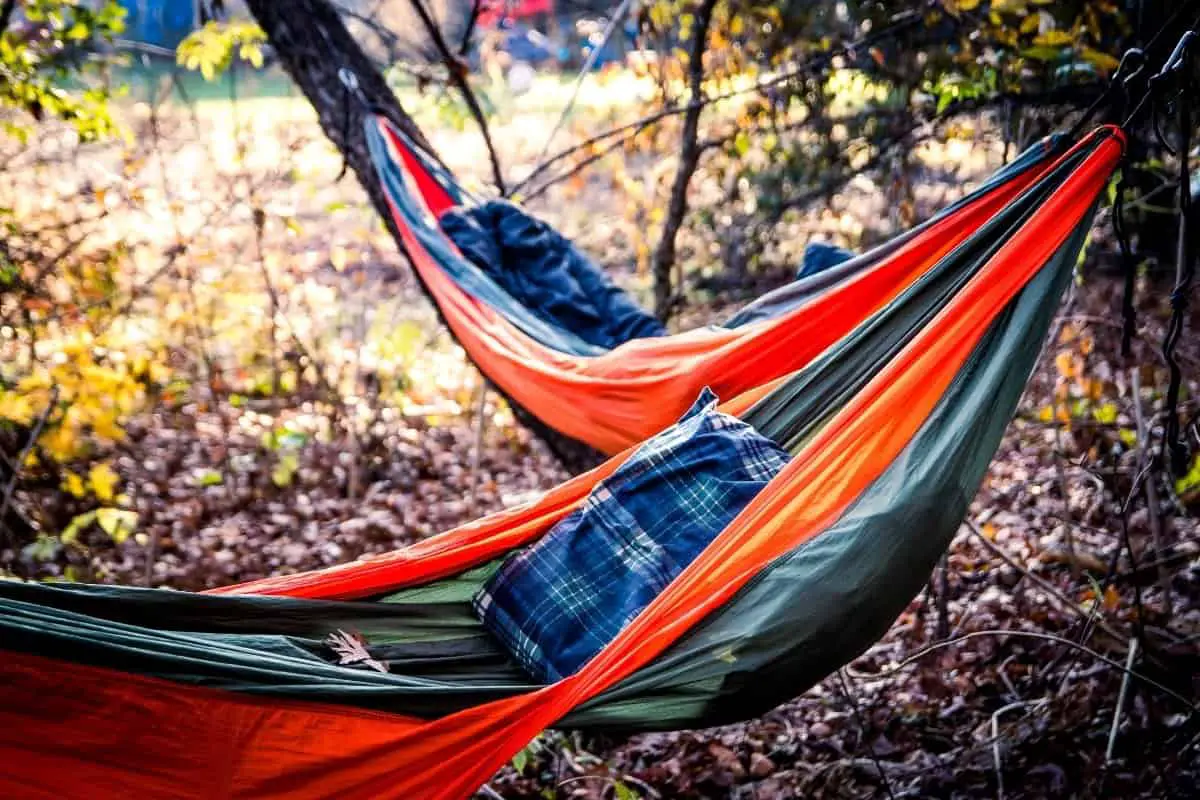
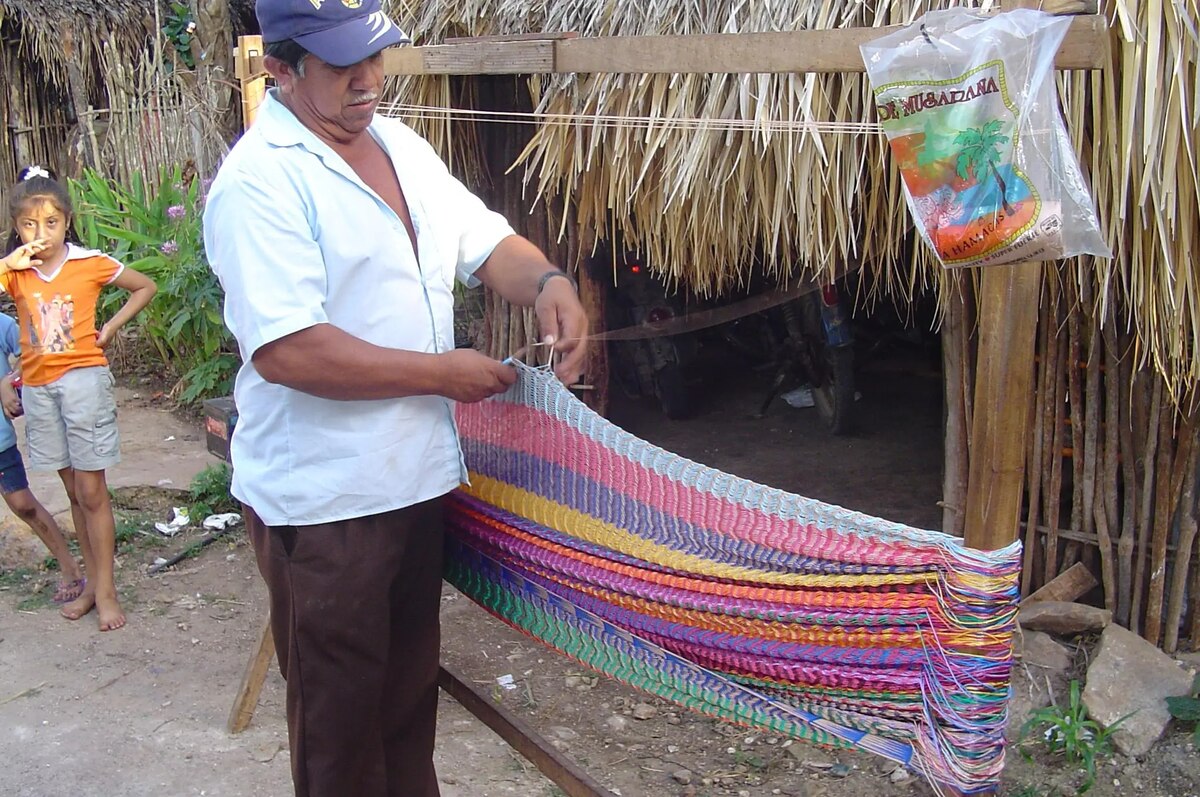
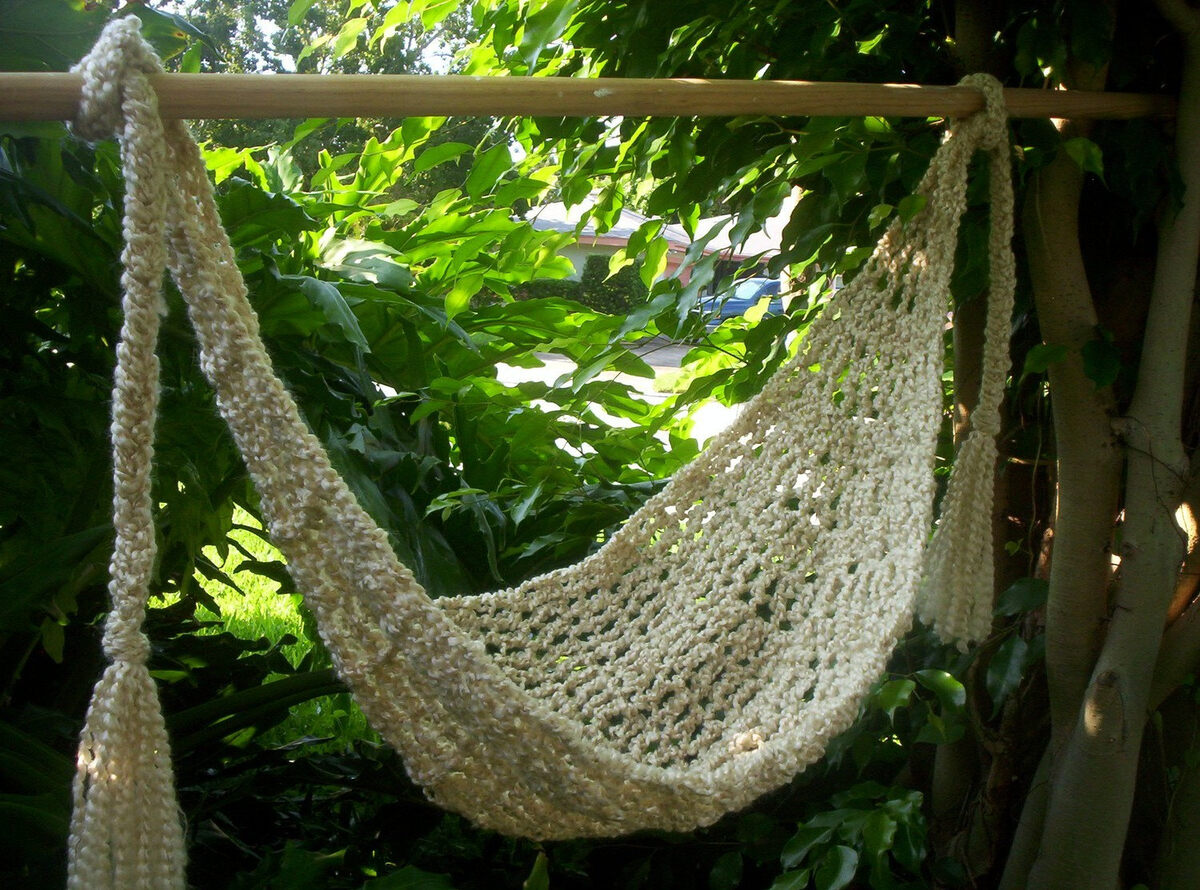
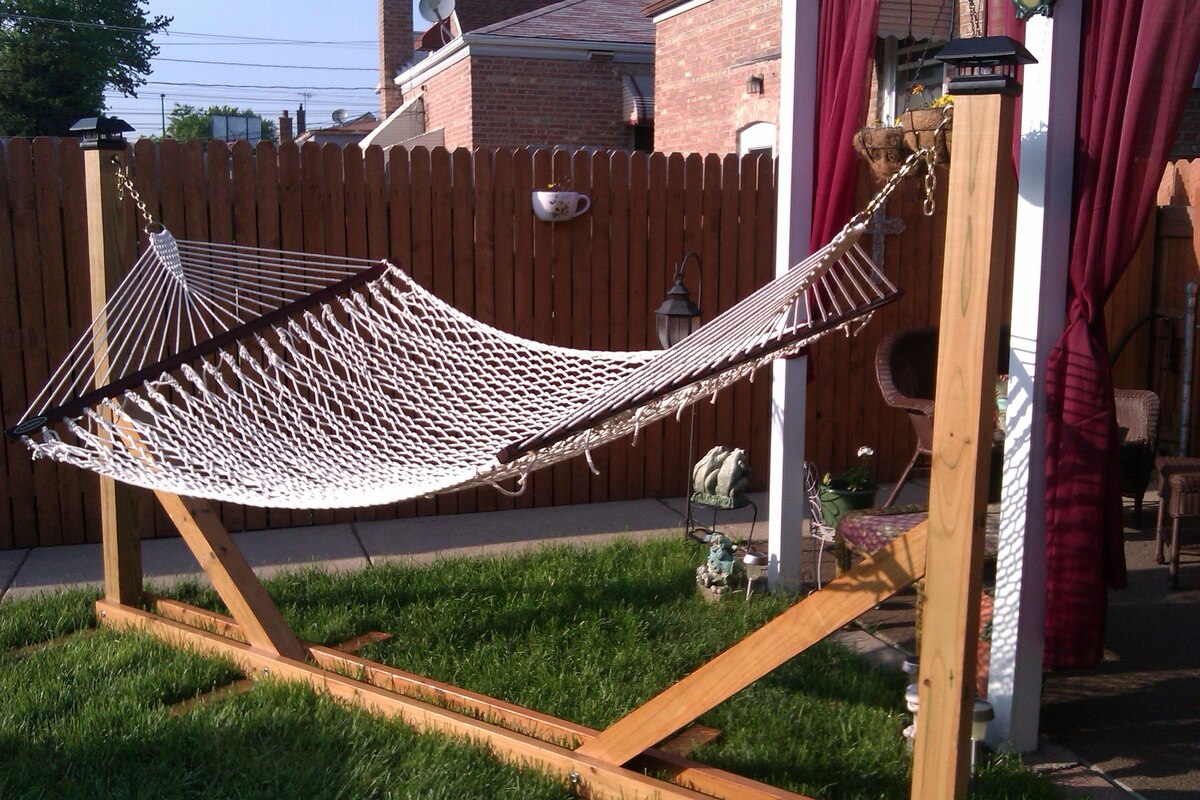

0 thoughts on “What Is A Hammock”